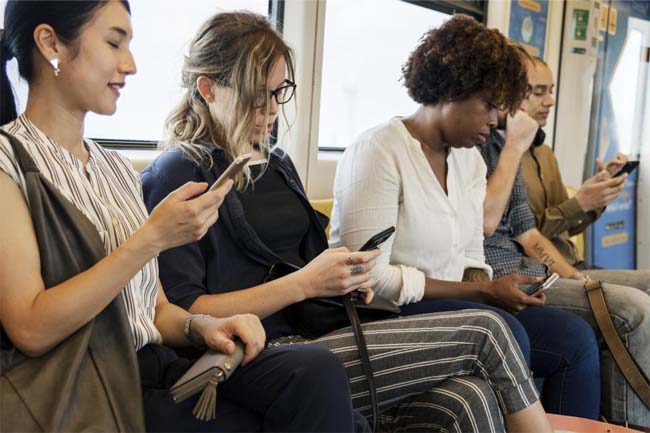The High Court striking down Victoria’s electric vehicle levy shows policies around the technology are a dog’s breakfast, reports Duncan Graham.
GOVERNMENTS across the nation claim they want to reduce pollution. On their list are electric cars. Consumers are encouraged with rebates, tax breaks and blarney, but discouraged by inaction on infrastructure.
Though the ocean is 200 kilometres to the south, Norseman is a port in Western Australia. It’s the cast-off point into the Nullarbor; the great isolation that early explorers hoped might include an inland sea. They should have asked the Traditional Owners who knew it as Oondiri — “waterless”.
A 19th-century writer called the 200,000 square kilometre treeless plain ‘the sort of place one gets into in bad dreams’.
Now the sealed Eyre Highway is run daily by fleets of monster trucks and cars dragging campers — adventurers heading east leave Norseman with swags of anxiety. Will they get to the next harbour? No probs with a spare full jerrycan in the boot; impossible when the vehicle is electric.
Politicians have made such a fuss about their “initiatives” that the casual consumer would assume the E-Age is upon us and all is ready.
Depending on the car’s capacity, it could take nine hours to fill up. Imagine doing that in a busy fuel station with a dribbling bowser.
The WA Government blows hard on its alleged commitment to driving away from fossil fuels. So it’s installed power points around well-populated tourist centres drawing oenophiles and surfers.
That’s not why travellers visit Norseman, a small gold-mining town named after a prospector’s lame horse. Few go to see the nag’s statue or the tailings dump — they go there to get away.
Though there are no fast chargers, there are four churches where spirits can be revived and thanks given to their deity for surviving the wilderness. Not for 40 days – just five unless you hit a roo and roll over – but even if all goes well and the drivers don’t doze, it will still seem like an Old Testament trek. Don’t travel alone.
Planning is critical so the agency that’s supposed to be in charge was asked: What’s available now in Norseman? ‘Work will start next year,’ came the reply. Question repeated. Three days later an update: A socket in a rusty box at the sports ground.
This is the thinking: When enough people have bought e-cars we’ll install chargers. Like, we’ll build a hotel when enough holidaymakers we’ve invited are sleeping in cars.
When long-distance driving an e-car, pack patience and planning. That’s made a few volts easier with the free PlugShare app, full of maps, feedback about queues and gripes.
Travellers report broken contacts, unhelpful roadhouse staff and slimes who’ve grabbed the only outlet during the holiday season and then gone for a few beers. They report that East Coast chargers aren’t too bad — but few compliments for WA.
There’s much work to be done by governments and car manufacturers before travellers can comfortably do more than drive from home to the office. Some power points are BYO plugs. Standardisation is needed — best to carry four different cables.
A key selling point is the cost, with fuel around $2.50 and electricity often free. Though at one Nullarbor stop, it’s $2 a kilowatt-hour, close to the price of petrol.
In South Australia where fast chargers are being built by an automobile association, the cost is usually 60 cents a KwH, less off-peak. There are a few dinkum greenies, like a Whyalla vet who has put in a shaded point for public use.
Some progressive shire councils have also done the right thing, though usually only slow systems.
Even where locals have e-servers, they’re rarely under cover or close to shops. Handling 500-volt plugs in pouring rain isn’t a good idea. Likewise when temperatures exceed 40 degrees. Public toilets are better signposted.
Cut a car’s advertised range by a third because sellers use a last-century European system based on short trips.
Range anxiety ranks up there with the “Did I lock the front door?” terror when two hours from home. Gas guzzlers may have conscience twinges about polluting the planet, but they rarely worry about running dry 500 kilometres from the nearest breakdown truck.
Scott Morrison’s 2019 election campaign sneer that Labor’s support for e-cars would “end the weekend” is oft repeated by sneering e-nthusiasts bragging about their marvels of electronics.
Little need for knobs and switches — just speak and the system obeys in a soft female voice and neutral accent, even steers if the driver tires. She’ll warn when the battery is going flat, though useless if there’s no nearby charger.
Then terror strikes. Before hitting the Nullarbor, don’t watch the creepy killer movie, Roadgames.
For those good at juggling percentages, KwH, kilometres, vehicle weight, wind speed and direction, and fiddle all to reach the safe sweet spot where maths and reason rules and worry retreats, then the e-xperience can be fun and e-ducational.
If not, wait till the states get their act together and plug pledges into infrastructure.
Note: Duncan Graham and his son, Andrew, took a week and 20 stops to drive from Perth to Adelaide in a 2023 Chinese e-car. Total cost was $250 for 3,000+ kilometres — around a quarter of a conventional trip expense.
Duncan Graham is an Australian journalist living in East Java.
Related Articles
- Corporations hitting accelerator for electric vehicle fleets
- Ministers hit the pedal to accelerate Australia's electric vehicle uptake
- Electric vehicle transition has huge health benefits
- Australian innovation could convert petrol engines to electric
- Australia lacks a fuel efficiency standard — you could make it happen
 This work is licensed under a Creative Commons Attribution-NonCommercial-NoDerivs 3.0 Australia License
This work is licensed under a Creative Commons Attribution-NonCommercial-NoDerivs 3.0 Australia License
Support independent journalism Subscribe to IA.















